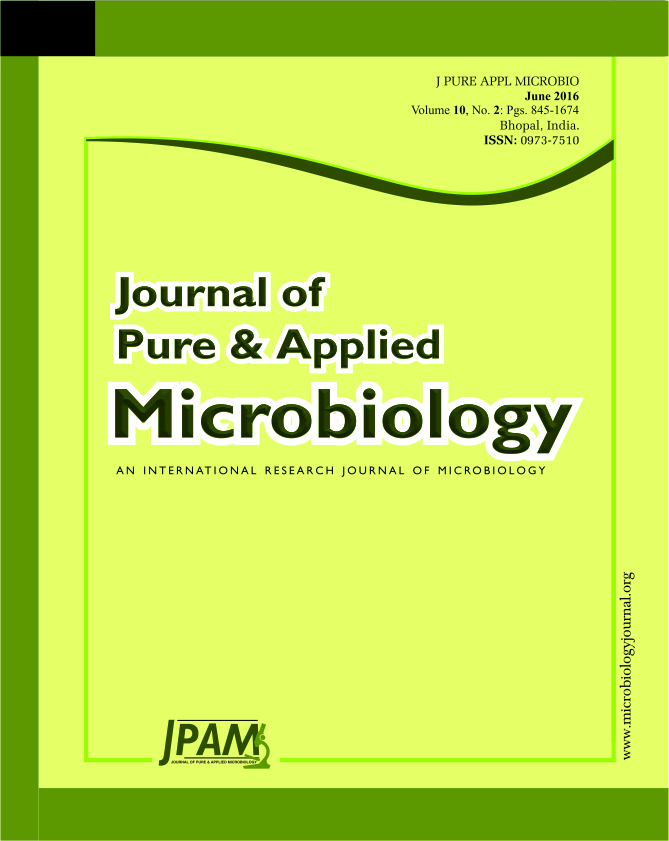Ganoderma species are one of the most widely studied medicinal mushrooms due to their potent bioactive properties among which edible mushroom Ganoderma lucidum (Reishi) is being widely used for the promotion of health and longevity in Asian countries. The present paper reports the rapid synthesis of silver nanoparticles (Ganoparticles) using Ganoderma lucidum polysaccharide (GLP) extract. Biosynthesis process was effective and silver ganoparticles were formed after 120 h. MTT cell proliferation assay and trypan blue exclusion test were used to study the antitumor activity of ganoparticles on human lung cancer cell lines (A549 and NCIH520). Cell growth inhibition was found to be increasing with increasing concentration of ganoparticles, while cell viability was found to be decreasing with increasing concentration of ganoparticles. Ganoparticles and crude extract inhibited the cell proliferation in dose and time dependent manner. However, efficacy of ganoparticles was found to be higher as compared to GLP crude extract. Ganoparticles were also found to possess potent antibacterial activity against both gram negative and gram positive bacterial strains. In-vitro inhibitory and apoptotic effect of ganoparticles and GLP crude extract on human lung cancer cell lines indicate that GLP may potentially serves as a chemopreventive agent for cancer therapy.
Ganoparticles, Lung cancer, Ganoderma lucidum, Cytotoxicity, Antimicrobial.
© The Author(s) 2016. Open Access. This article is distributed under the terms of the Creative Commons Attribution 4.0 International License which permits unrestricted use, sharing, distribution, and reproduction in any medium, provided you give appropriate credit to the original author(s) and the source, provide a link to the Creative Commons license, and indicate if changes were made.


